In late July, it was reported that Apple had acquired a fingerprint sensor technology company called AuthenTec for $356 million. Now as a company that rarely makes acquisitions, Apple’s acquisitions take on a much broader significance. In other words, Apple tends to purchase companies with overt strategic importance to their product pipeline.
That said, it stands to reason that Apple is planning to incorporate the company’s fingerprint technology into its products sometime soon, and if you delve into the frenzied pace with which Apple snatched up AuthenTec, their technology may be integrated into Apple’s products sooner rather than later.
To that end, The Next Web has taken a close look at a recent SEC filing which describes Apple’s sense of urgency regarding its interest in acquiring AuthenTec.
Now discussions between the two companies first kicked off in late 2011 after AuthenTec shopped around its technology to a number of leading consumer electronics companies. Oddly enough, Apple, the report states, was the only company interested in developing the technology – though that may be due to cost and not to an otherwise disinterest in what AuthenTec brought to the table.
And so negotiations began in February 2012 and marched forward the next two months with no final arrangement being hammered out.
Then the agreement shifted completely.
On May 1, Apple decided it wouldn’t be satisfied with a commercial agreement and notified AuthenTec’s representatives of its proposal to acquire the company instead. Apple offered a price of $7.00 per share, valuing AuthenTec at a 115% premium over the closing price of its common stock as a day previous, pricing that Apple believed “other potential buyers would be unwilling to pay.”
On May 2, Apple started tightening the screws. The company believed its price was “very attractive” as AuthenTec would face challenges trying to develop new technologies for its rivals, which “have dozens of different smartphone platforms, in contrast to Apple’s unique narrow product platform, which allows for unity of design in component parts across significant unit volumes.”
A transaction structure and timeline for the deal was proposed and this resulted in the showing of Apple’s hand. The company wanted to use AuthenTec’s technology and it needed it fast.
And so the plot thickens.
Next, Apple made it clear that it wanted to move along with the deal quickly on account of its “product plans and ongoing engineering efforts.” What’s more, Apple said that it had no interest in participating in an auction for the technology and indicated that it would rescind its offer should AuthenTec decide to solicit bids from other companies.
The SEC filing also touches on an IP and licensing agreement between the two companies that existed as part of the acquisition offer.
he IP agreement provides Apple with the right to acquire non-exclusive licenses and certain other rights with respect to hardware technology, software technology and patents of the Company for commercialization of 2D fingerprint sensors for use in or with Apple products. For the right to acquire such non-exclusive licenses and other rights, Apple will pay us $20.0 million. Apple will have 270 days from the date of the IP agreement to choose, in its sole discretion, to license certain hardware technology and patents and certain software technology and patents from us on a perpetual, non-exclusive basis for an aggregate sum of up to $115.0 million. Apple can choose to acquire either the non-exclusive hardware technology and patent rights ($90.0 million), the non-exclusive software technology and patent rights ($25.0 million) or both.
So putting this all together, what does Apple have up its sleeve? Some have speculated that Apple may integrate AuthenTec’s fingerprint technology into the iPhone home button, for example. After all, the company back in May took the wraps off of the “first smart sensor specifically tailored for secure NFC mobile commerce.” Measuring in at just 192 by 8 pixels, it comes with “hybrid fingerprint matching, AES, RSA and SHA encryption blocks, and One Time Password (OTP) generation.”
Could a “One more Thing” moment be a brewin’ at Apple’s upcoming special media event scheduled for September 12?
Maybe, but it would require a hell of a lot of engineering resources we’d imagine to incorporate the technology into Apple’s products in just a few months and pass muster with all of Apple’s quality assurance procedures.
But then how does one explain the urgency Apple showcased in acquiring the company? Why would they be so absolutely eager to get things signed and inked up if they weren’t trying to incorporate it into an upcoming product release? Or maybe this is for the iPhone 6 and Apple needs a full year of development and testing to safely feel comfortable getting it into the hands of consumers.
But the more we learn, the more it seems that time was of the essence.
After haggling over the price per share for the company (AuthenTec wanted $9 while Apple said its limit was $8), Apple stopped the negotiations based on something it encountered in the pursuit of its due dilligence.
But, this didn’t mean Apple wanted to abandon development of the new technology.
Instead, focus switched to licensing the technology (again), and from June 1 to July 3 both parties continued to “design and develop the technology for Apple and continued to negotiate to narrow the significant differences between the parties regarding acceptable terms for a commercial agreement.”
If there was a sign that Apple was hell-bent on integrating the technology in its products no matter what, this was it.
But soon AuthenTec resolved the due diligence issue -whatever it was – the deal was back on the table.
Apple emphasized its requirement that the development of the technology would not be interrupted regardless of whether the proposed transaction was completed. On the evening of July 19, the parties agreed to the key terms of the IP agreement and the development agreement.
The Next Web adds:
After much deliberation between AuthenTec, Apple, Alston & Bird and Piper Jaffray, a deal was agreed on the evening of July 26. Apple would pay $8.00 per share, provide $20 million for AuthenTec’s technologies and license its technologies for up to $115 million.
On July 27, AuthenTec filed an 8-K with the SEC and the deal was announced.
No matter how you slice it and dice it, something’s afoot.
Given that AuthenTec has filed its proxy document, shareholders are still to vote on the Apple deal. It is almost certain to go ahead, but AuthenTec can still hold out for a bigger offer, where it would need to pay Apple $10 million. Regardless of whether the deal is completed or not, the fingerprint technology in question will certainly make its way to an Apple product.
Throughout its meetings with AuthenTec, Apple was keen to express that work on the new technology must continue unhindered, regardless of whether it entered a commercial agreement (which involved royalties, patent licensing and its exclusive use) or it acquired the company.



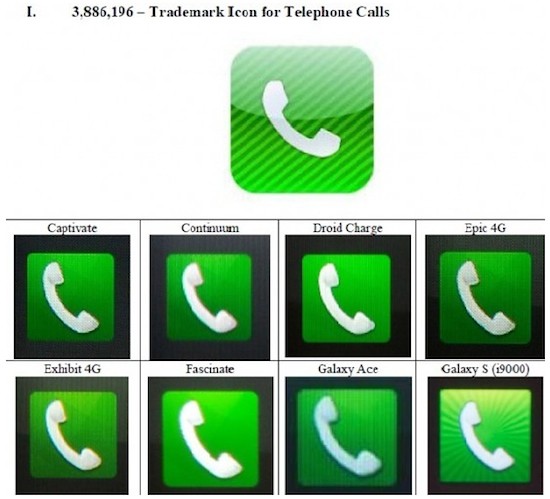
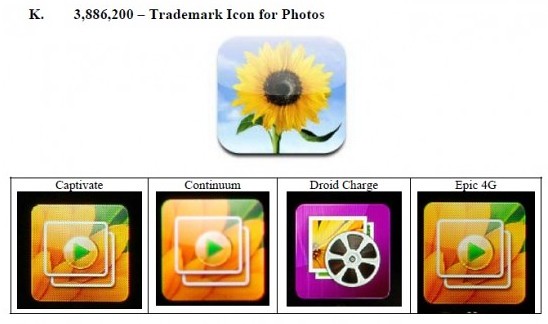

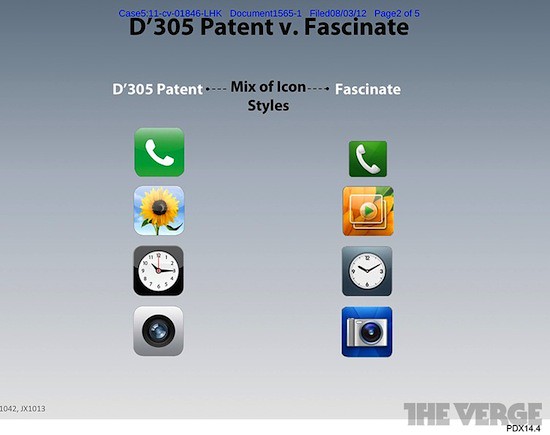
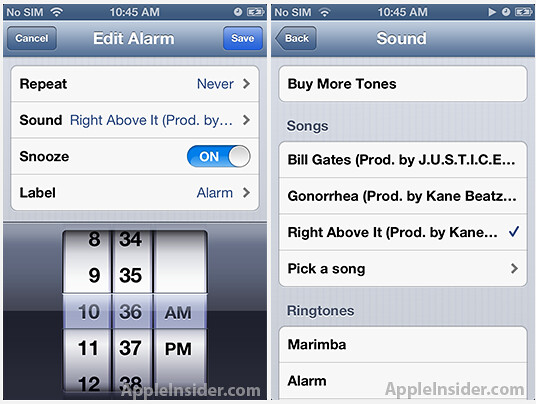
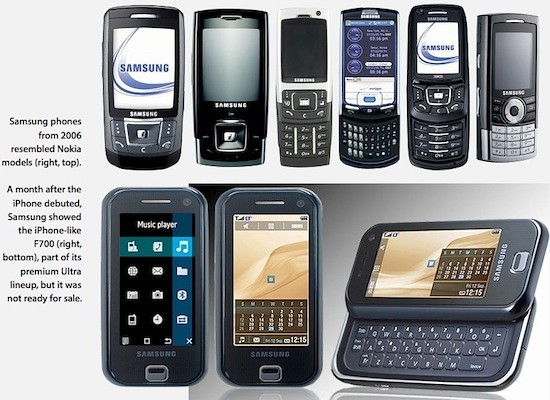



Thu, Aug 16, 2012
Comments Off on Apple exploring idea of set-top box; Cable operators not fully on board – Report